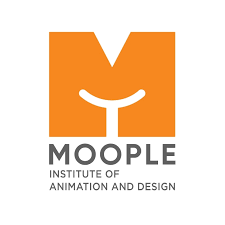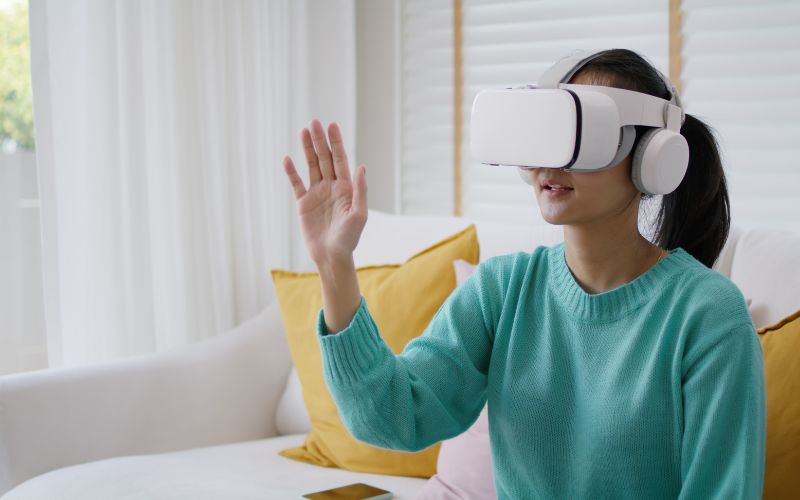The world of picture-telling is vast, and the terms VFX, animation, and CGI are very common. But do you know how they differ from one another?
If the visual effects used in films captivate you, then you must have heard these terms. You must have seen compelling images in films, computer games, and advertisements. It is the magic of VFX or animation. But they differ from each other.
What is VFX?
VFX, or visual effects, refers to the making or improvement of images, audio, or other media via computer-generated or practical means.
VFX stands for visual effects. It is the process of incorporating visual effects to create something real or magical in a film or video. VFX is used while making scenes that are too dangerous or impossible to shoot in real life.
To illustrate, consider a huge dragon flying in a crowded city. VFX is used to animate that dragon. It can be a combination of real footage and computer graphics.
What is Animation?
Animation is the technique of producing moving images by quickly showing a sequence of static images.
Animation is the technique of making static drawings or pictures come alive by producing moving images. These pictures can be made using different techniques, including hand-drawn animation, computer-generated imagery, or even stop-motion. The major difference is that animation can produce completely new visuals that show movement, often simulating or supplementing reality.
For instance, animated characters such as Mickey Mouse or Simba from The Lion King are made to come alive using animation techniques.
What is CGI?
CGI, or computer-generated imagery, is a technology used to create digital images and animations. CGI is made completely on a computer. It is unlike traditional animation. It’s widely used in both VFX and animation.
CGI can produce realistic visuals or abstract images. For example, CGI contributed to the creation of the characters of Avatar. Also, VFX augmented their virtual world.
The Main Differences between VFX, Animation, and CGI
VFX combines live-action and digital components in their productions. It’s all about creating visual effects that blend perfectly into the real world. The examples are like explosions or magical creatures in a live-action movie.
Animation, on the other hand, involves the production of images. They are purely created by drawings or computer programs. It revolves around character creation and visual storytelling in a purely fictional world.
CGI is an abbreviation for computer-generated graphics. It refers to the technology employed to generate such graphics. CGI can be utilised in both animation and VFX to generate realistic or creative visuals.
In simple terms:
- VFX is a combination of real-life and digital visuals.
- Animation generates all things from scratch.
- CGI is the software employed to generate those pictures.
What is the Role of VFX in Creating Visual Storytelling?
VFX can bring life to stories in ways that are impossible with conventional methods. It can increase the believability of an explosion. Also, it can generate virtual representations of actors for dangerous stunts. VFX creates magical effects in a scene. With VFX, directors can push the boundaries of what can be done in their films. It’s like providing wings to imagination.
VFX has become an integral part of modern cinema, gaming, and even advertising. It is hard to imagine a world without these visual effects, from superhero movies to animated shows.
How Can a VFX Course Help?
A VFX course provides you with the skills and knowledge to succeed in the fast-paced and exciting world of visual effects. It deals with all aspects, ranging from the basics of digital effects to advanced compositing and 3D animation techniques. You’ll become proficient in operating popular software packages like Adobe After Effects, Autodesk Maya, and Cinema 4D.
In a VFX course, you’ll be learning the following:
- Visual Effects Techniques: You’ll learn to create different kinds of effects, like fire, smoke, water, and others.
- Compositing: This is the technique of combining different visual elements to form a whole image or scene.
- 3D Animation: In this 3D animation course, you will have hands-on practice in animating characters and objects in three-dimensional space.
- Matte Painting and Digital Set Construction: Learn how to create environments and backgrounds digitally.
- Camera Tracking: A process that allows smooth blending of live action and 3D.
By completing a course, you will have the skills and confidence to undertake careers in diverse sectors, like film, TV, games, advertising, and virtual reality.
Why Join Moople Academy to Study a VFX Course?
If you have a passion for creating visually stunning effects and want to pursue a fast-paced career in VFX, Moople Academy is the perfect place to start your career. Our VFX courses have been made to give you extensive training and hands-on experience. You will learn and gain experience from industry experts and work on live projects that will add value to your portfolio.
At Moople Academy, you’ll have access to:
- Professional-grade Tools: Familiarise yourself with the tools commonly used by industry experts in visual effects.
- Experienced Faculty: Teachers with extensive practical experience in VFX guide students.
- Hands-on Projects: Engage in activities that simulate real VFX production, allowing you to develop a robust portfolio.
- Career Guidance: Moople Academy offers career guidance to help you get the job of your choice in the VFX domain.
Conclusion
VFX isn’t merely adding a sheen to films. It’s creating whole worlds, telling compelling stories, and moving beyond the boundaries of imagination. To be part of this action-packed industry, taking a course on VFX for beginners will be your first move.
At Moople Academy, you will gain the skills you need to get into the industry of visual effects and set yourself up for a rewarding career. Don’t wait any longer. Enrol now and start your journey into the world of VFX!
FAQs:
Q1: What is the difference between VFX and CGI?
VFX combines actual footage with digital elements, whereas CGI refers to the creation of completely digital images or animation. CGI is a broad utility used both in animation and visual effects.
Q2: Can I learn VFX without any experience?
Yes, you can. Many VFX courses are beginner-friendly. With dedication and proper training, anyone can start learning VFX, whether or not they have prior experience.
Q3: What software will I learn in a VFX course?
During your training, you will be exposed to widely used software such as Adobe After Effects, Autodesk Maya, Cinema 4D, and Nuke.
Q4: What career paths are available to individuals with a VFX degree?
After completing a VFX course, you can get a job in different fields like film, TV, games, advertising, virtual reality, and many others. The opportunities are endless!

